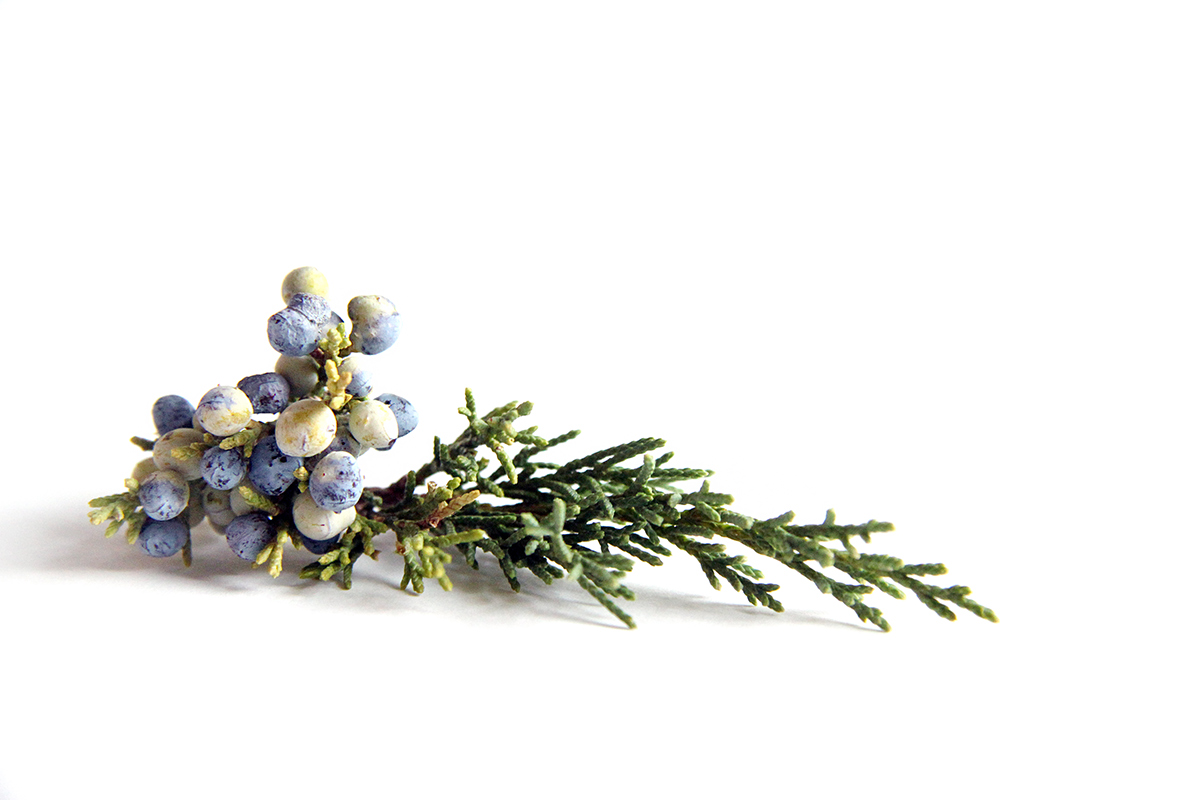
either this is a sprig of cedar with some nice, photogenic blue and white berries, or it is a sprig of juniper, with berries that might perfectly flavor a venison roast, or which might turn, eventually, into a gin and tonic. after some research, i don’t know which it is, but i know which i sort of hope it is.
sprig of cedar or juniper with berrries
avenue de fontcerise, autignac, languedoc, france
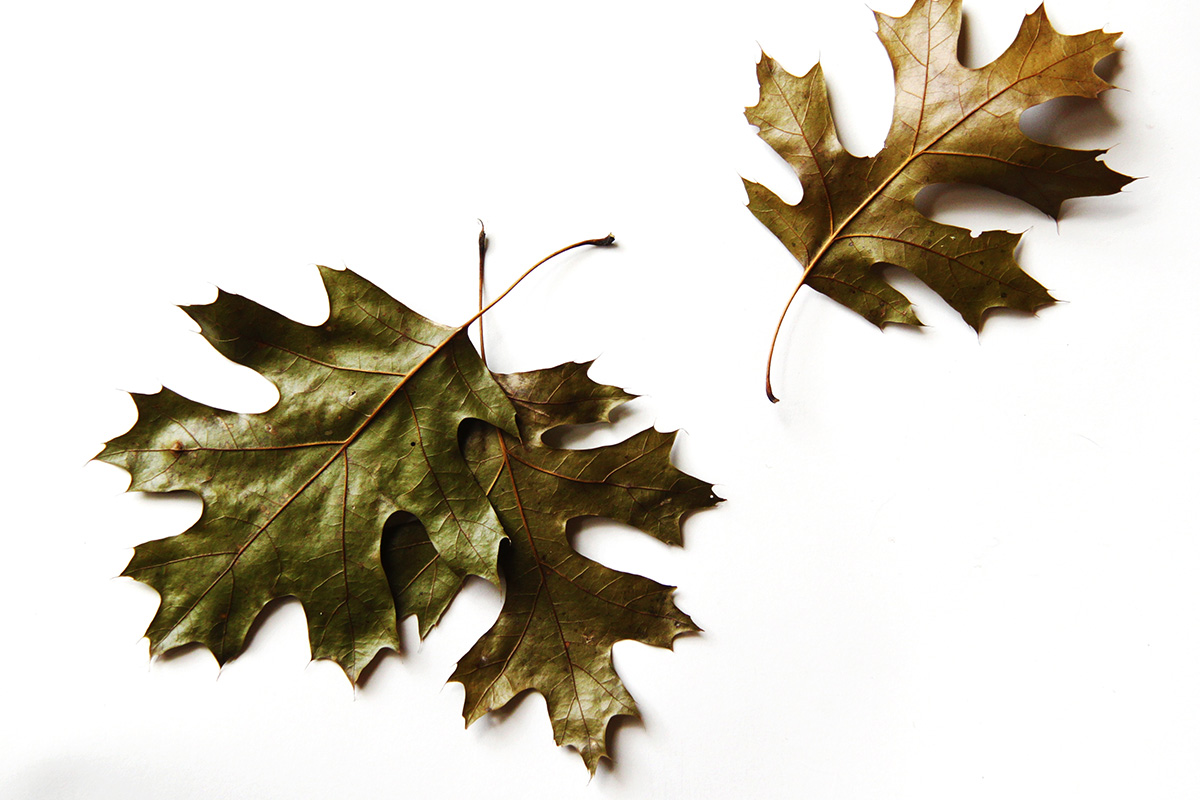
as i had feared, the oak leaves in my back yard are starting to fall without having first gone through their more familiar, drawn-out, orange-and-red farewells. i am guessing lack of rain. sort of sad, but on the other hand, if you like a subdued palette, as I do, these metallic hues are almost as satisfying.
red oaks leaves from the back yard
saint paul, minnesota
-
i love oak leaves in any colour
reply
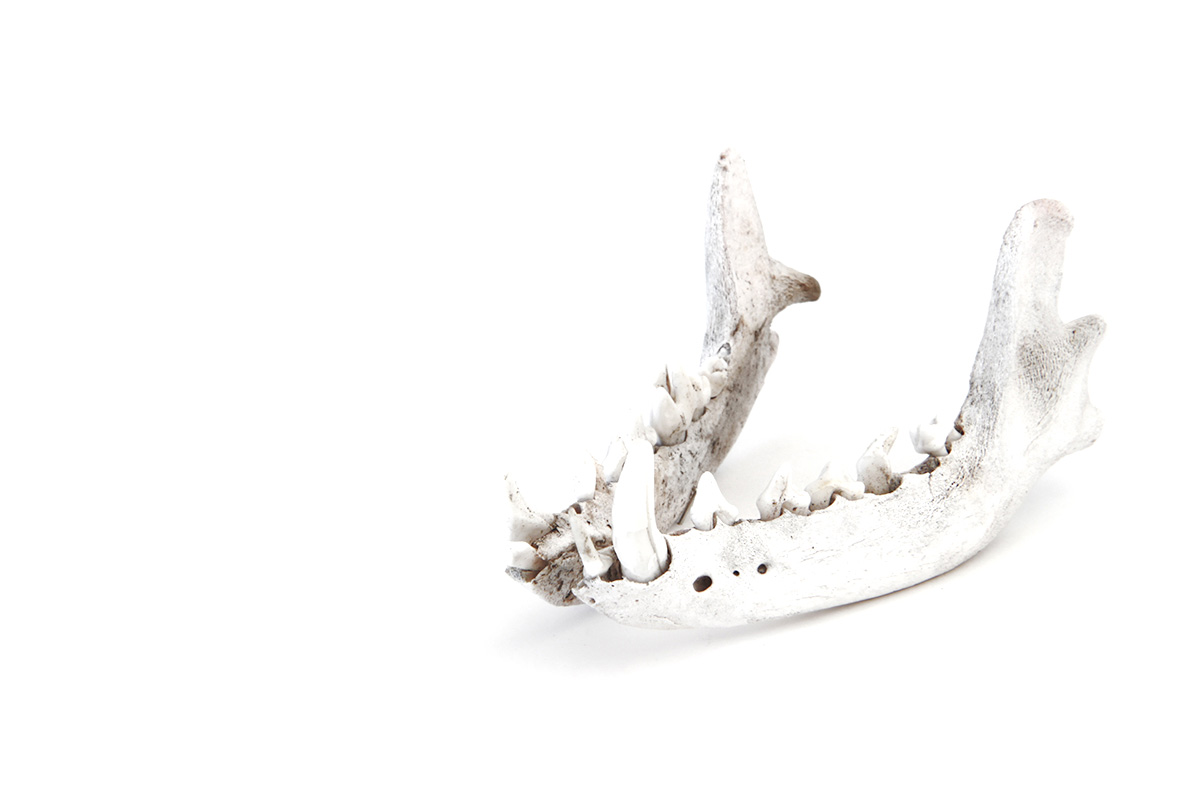
with four hours free before we returned from utah yesterday, we drove out to antelope island state park, less than 1 hour from downtown salt lake city. you cross a seven-mile-long causeway over the great salt lake out onto the island, which is just hair-raisingly beautiful–windswept, scrubby, full of sky overhead, offering panoramas of the great salt lake, and encounters with bison and antelope all the way along the ring road. i loved it.
as i walked out onto the dry flats to gather some salty sand for STILL blog, i found the very sun-bleached remains of a coyote. with the theme song from the good, the bad, and the ugly playing in my head, I looked up expecting to see circling vultures, and, instead, watched a flock of american avocets flap past me to land in the shallows, where they resumed feeding.
magical.
jaw bones of a coyote skeleton
great salt lake, antelope island, utah
-
it does sound magical
reply
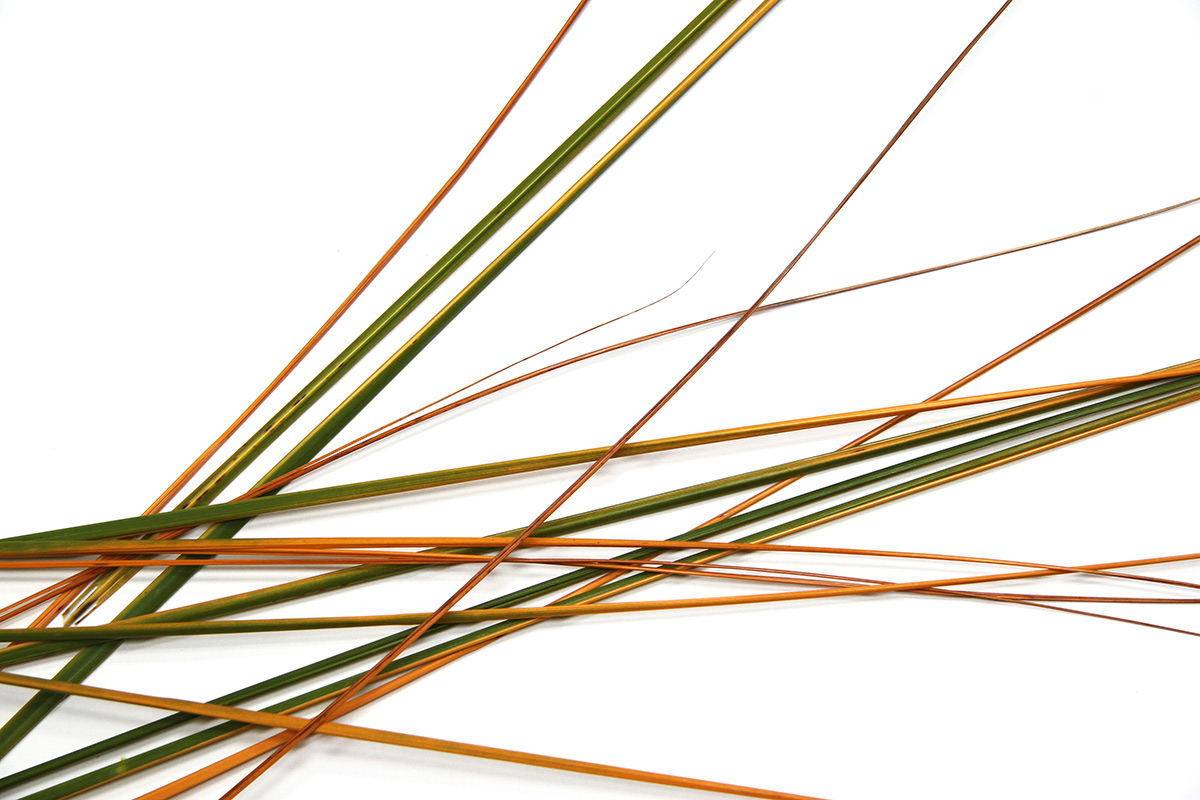
i don’t think i mentioned that while we were in southern france last fall, my husband wrote a series of articles called “letters from france” for the taste section of our local paper, the minneapolis star tribune. well, that series won a national food journalism award (yay stevie!), and we just got back yesterday from the awards ceremony in park city, utah.
the greens and golds in this photo mark the point when summer turned to fall here in the upper midwest. our return from the AFJ (Association of Food Journalists) awards will also mark our family’s transition from busy summer to the quieter fall season, full of late afternoon fires, red wine, homework, and something braising in the oven.
wild grass stems, possibly sedge
saint paul, minnesota
-
I am interested in purchasing a book of your work but am unable to e-mail you through the contact information on this site. If you wouldn’t mind e-mailing me prices I would very much appreciate it! Thank you! Sarah ssellars@carthage.edu
reply
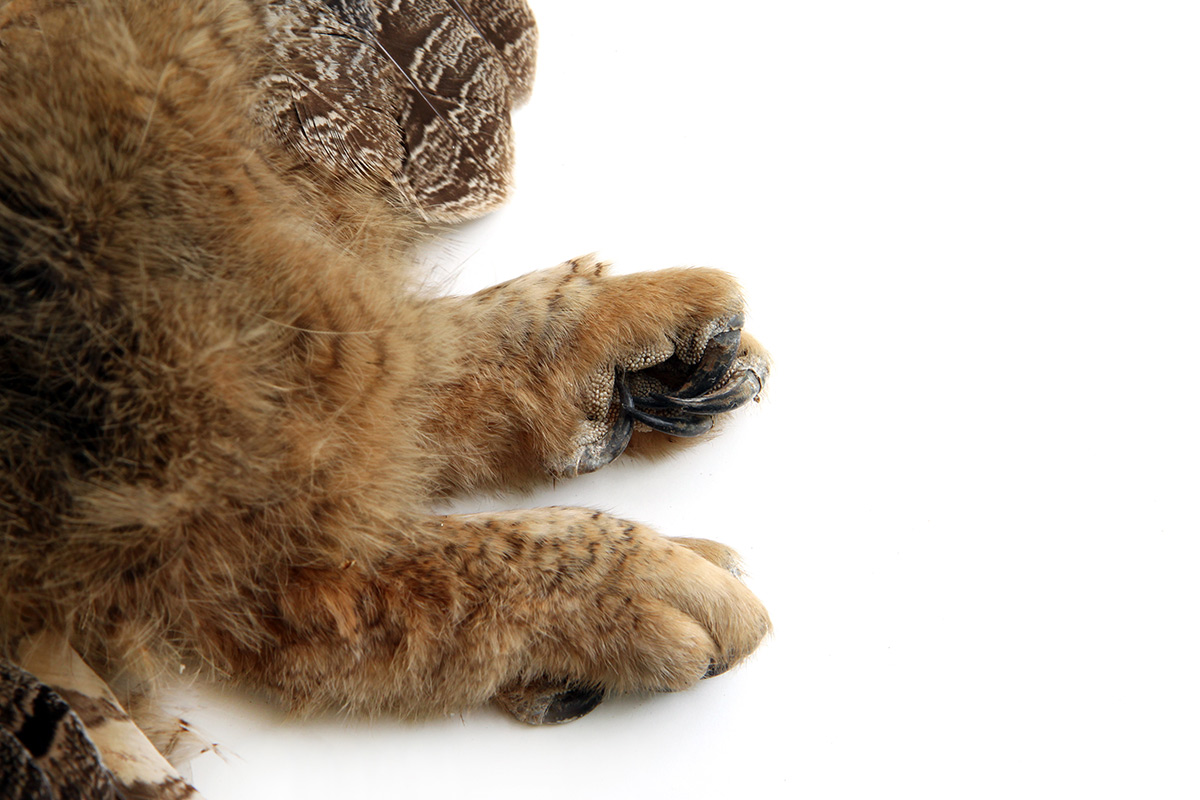
this is a close up photo of the feet of the juvenile great horned owl we came across this summer. i can’t get over how the feathers look like fur, and the feet look like kitten paws. those murderous incurved talons, on the other hand, do not remind me of kittens.
great horned owl feet and talons
near ely, minnesota
-
Stunning! I witnessed a mom great horned with two babies this year. What a treat. The photos look like some sort of hybrid, mythilogical thing.
reply -
Was it dead?
reply



This is a cedar, but it is in the genus Juniperus. The juniper used for cooking is the species Juniperus communis, which has very sharp long needle-like leaves, not small scale-like leaves like this. Juniperus communis occurs in Europe naturally, and is the best kind to use as a spice. Other species can be bitter, flavorless or maybe even toxic. This photo looks similar to Juniperus virginica, the common species in NE USA, and I wouldn’t pick and eat that one. Sorry… wrong plant this time. You can order great juniper berries from Penzey’s spices.
Thank you! This branch of juniper ~ 100%. Please!
There are spiny juniper, but there are scaly juniper tree.
Prickly juniper has a brownish-red berries.
Treelike scaly juniper berries with a touch of blue.